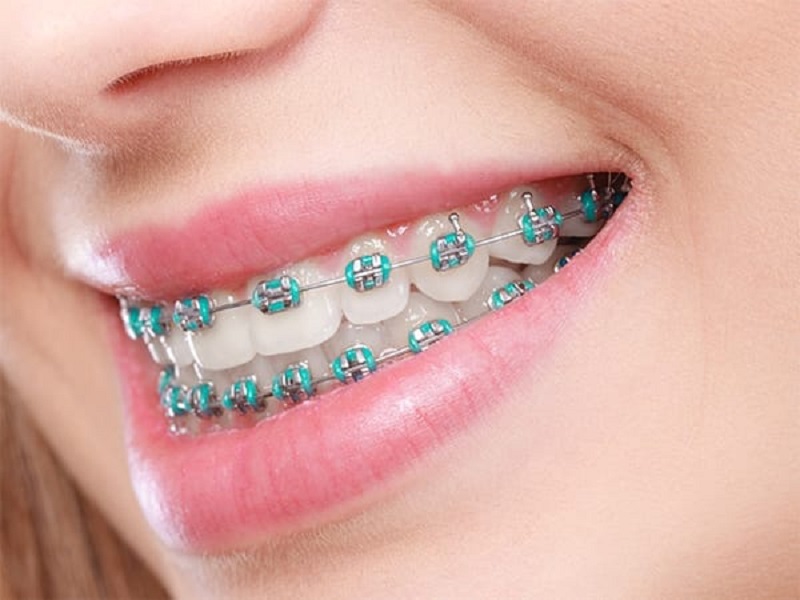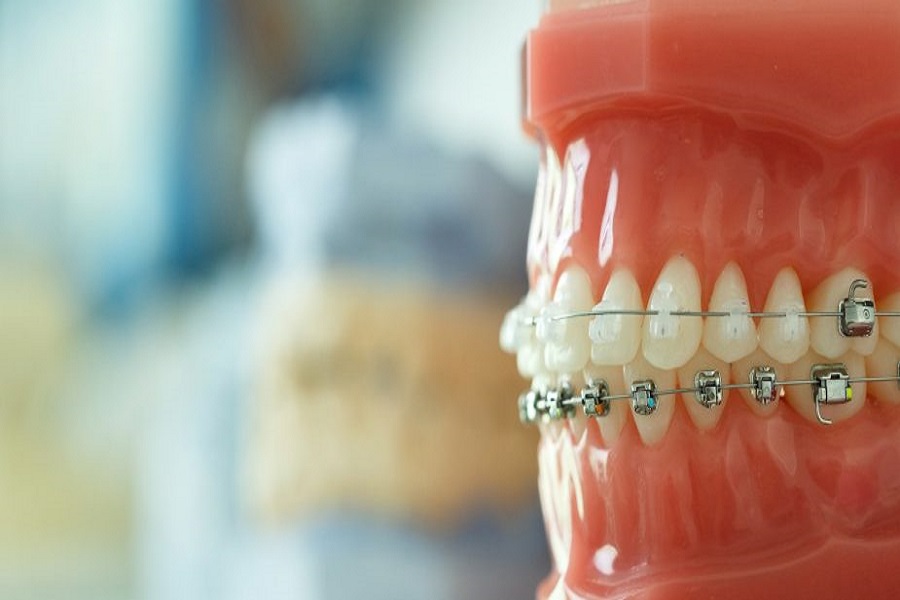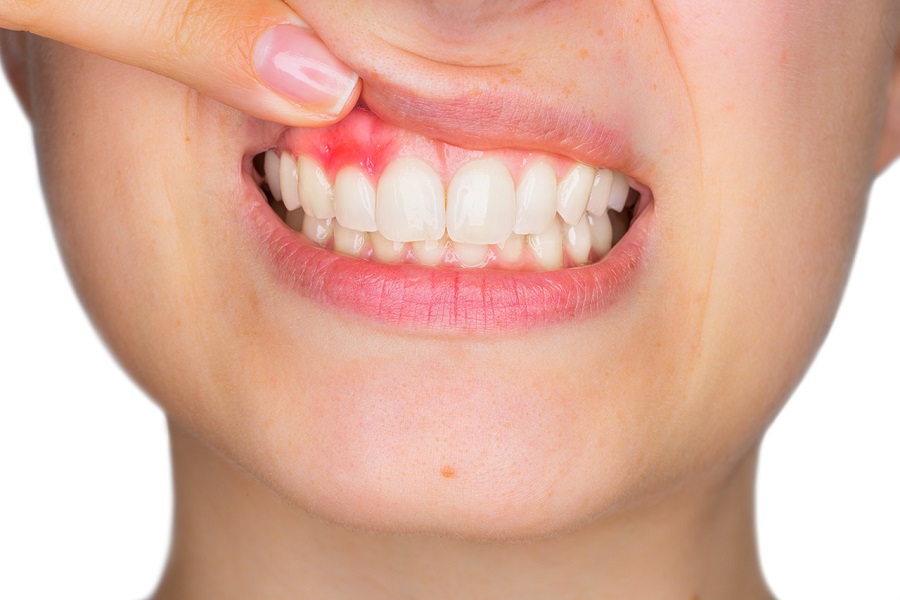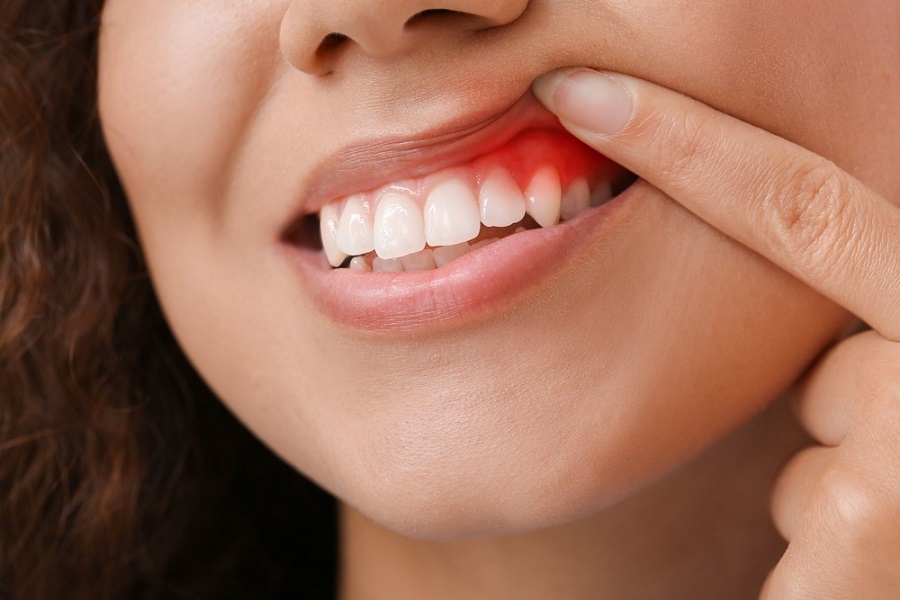In recent years, dental beauty has developed rapidly. In the field of orthodontic treatment, people not only ask for a confident and beautiful face after correction, but also hope that in the 1-2 years of treatment, the exposure of the appliance will not affect the normal appearance. Social and professional events. Because of this, a real invisible orthodontic technique, lingual orthodontic treatment, came into being, and was welcomed by professional groups with high aesthetic requirements, such as actors, lawyers, and teachers. After more than 20 years of development, the lingual correction technology has matured and perfected from time to time, the clinical operation has been gradually simplified, and the correction effect has been gradually improved, and its application scope is gradually expanding. However, the current common lingual orthodontic technology still faces many problems: the laboratory operation is complicated, the indirect bonding equipment is expensive, the tongue is stimulated, and the pronunciation is affected. The clinical application of lingual orthodontic technique.
2D lingual brackets se1f-ligating system (2 dimensiona1 lingual brackets se1f-ligating) is related to traditional lingual orthodontics, because it does not require teeth arrangement experiment, it supports indirect bonding of brackets, making its price relatively cheap, and it is not suitable for orthodontic adults. Simple cases of tooth extraction have distinct advantages and are widely used.
The 2D lingual self-locking series (Forestadent, Germany) consists of brackets (no torque is used in the brackets; clinical indirect bonding), heat-activated superelastic nickel-titanium wire, and chain aprons. The main features are
①The arch wire is vertically inserted into the groove, the bracket is designed with double wings, the bracket spacing is narrow, and it has a very thin thickness (the thickness of the bottom plate is only 0.4 mm, and the total thickness is 1.4 mm), and the biomechanical function is good, which can be properly bonded to Anterior lingual fossa. Since the action point of the orthodontic force of the lingual bracket is close to the resistance center of the anterior teeth, the torque of the anterior teeth is relatively normal, which is more conducive to the depression and overall movement of the anterior teeth; Establish a normal overbite and cover relationship of the anterior teeth.
②The correction mechanism of filament, light force and self-locking makes the faithful feel comfortable. The clinical operation is related to the simple 3D lingual correction system, and the task time at the chair side is short, which greatly reduces the clinical operation time of the physician. The system has the advantages of low friction of self-locking brackets, making teeth move quickly, and shortening the treatment time; its key advantages of thin wire and light force treatment are for adult patients who have passed the growth period or have poor periodontal condition. Relatively more peaceful.
③ The biggest advantage of this system is that it does not require a tooth arrangement experiment, and allows indirect bonding of brackets, so the treatment process is reduced, the treatment cost is reduced, and the treatment cost can be greatly reduced, which is more suitable for China’s national conditions.
The main indications of 2D lingual self-locking correction technique:
①The dentition is scattered in the space and the dentition is crowded; ②The non-extraction cases of dental and mild skeletal malocclusion; ③Anterior crossbite; persistence after treatment. Due to a series of unique design and biomechanical advantages of 2D lingual self-locking brackets, it has become the most ideal lingual braces for orthodontists to handle simple cases and accumulate lingual correction experience. Confident healing process.
































